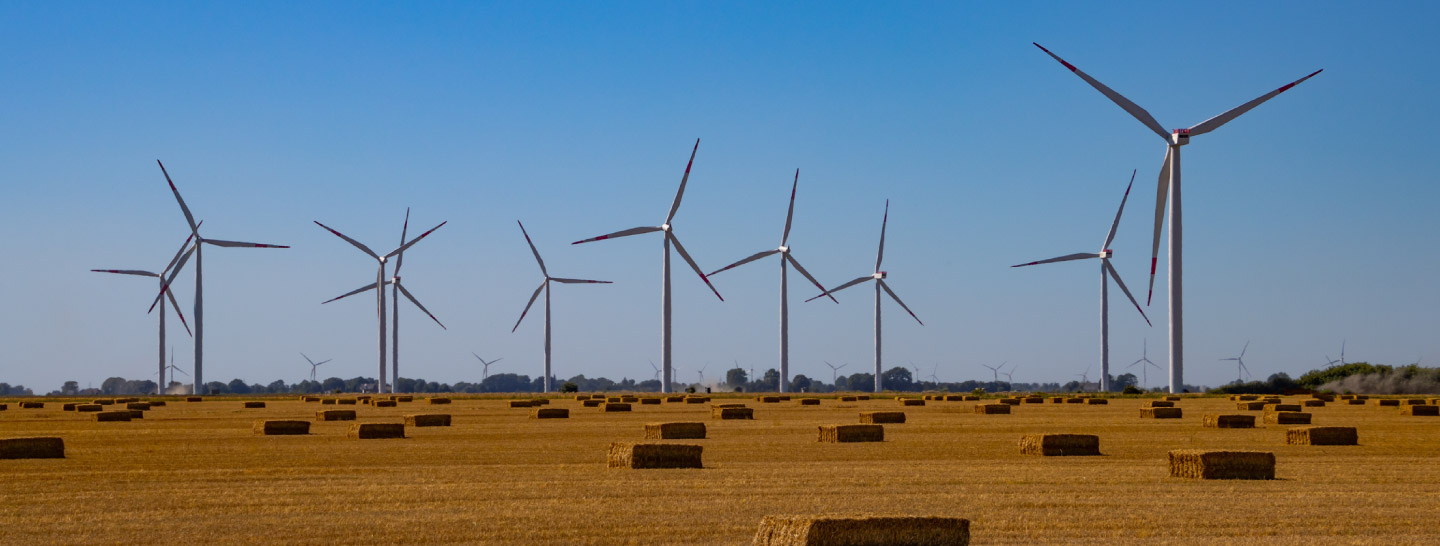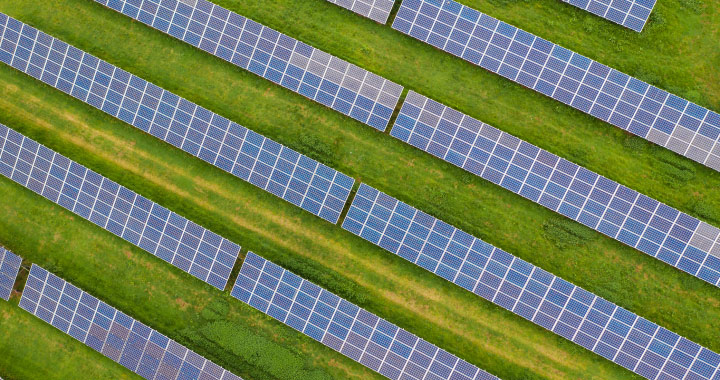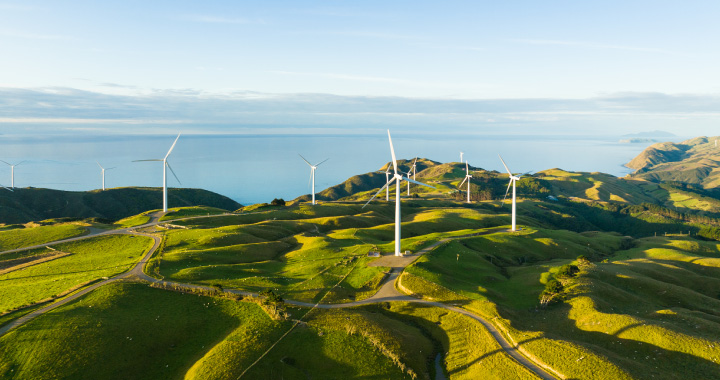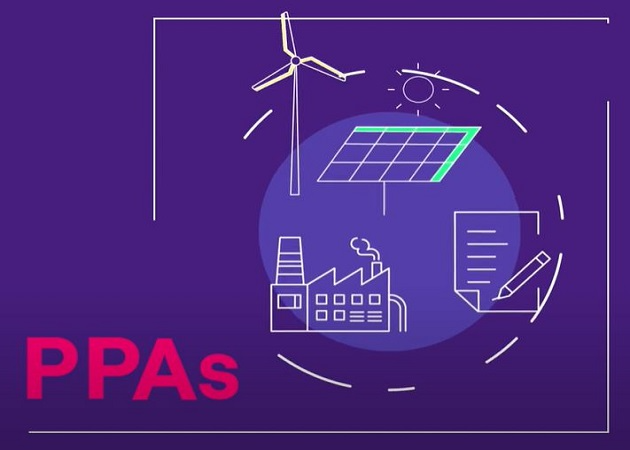Discover more about Power Purchase Agreements (PPAs), the long-term bilateral contracts which allow commercial and industrial clients to purchase renewable energy from a specific renewable plant and receive Energy Attributes Certificates. PPAs are a customizable and flexible solution designed to reduce emissions, cut costs and protect companies from market price volatility.

The best solution for businesses everywhere
Power Purchase Agreements are tailored long-term contracts designed to reduce emissions. They are customizable and flexible solutions that respond to the needs of businesses, protecting them from market price volatility.
Nowadays, energy produced by renewable sources is more widely available than ever and its availability continues to grow. But how can it become a tool to improve corporate decarbonization, optimize the cost of electricity and reduce exposure to the volatility in energy markets? That’s where corporate PPAs come into the picture.
With these contracts, customers purchase the electricity produced by a specific renewable plant at a set price and volume structure for the years covered by the agreement. The customers will also receive Energy Attribute Certificates (EACs) that guarantee the energy’s origin from renewable sources. In fact, each type of EACs certifies that 1MWh of energy has been generated, and fed into the grid, from a renewable source such as a solar or wind power plant. By entering into PPAs, customers can support the energy transition, contributing to the addition of new renewable energy capacity to the grid.
Enel X Global Retail is a global leader in renewables. Companies that choose its expertise are shepherding their businesses into the future. We offer tailor-made, flexible and innovative solutions that create long-lasting sustainable value.
Cost saving
Hedging against energy price volatility.
Sustainability
Competitiveness of energy produced from renewable sources compared to traditional sources.
Decarbonization
Reduction of scope 2 emissions.
Electrification
Through electrification, companies can participate in building renewable power infrastructure, becoming players in the energy transition.
Affordable
No capital investment required.


Power Purchase Agreements















